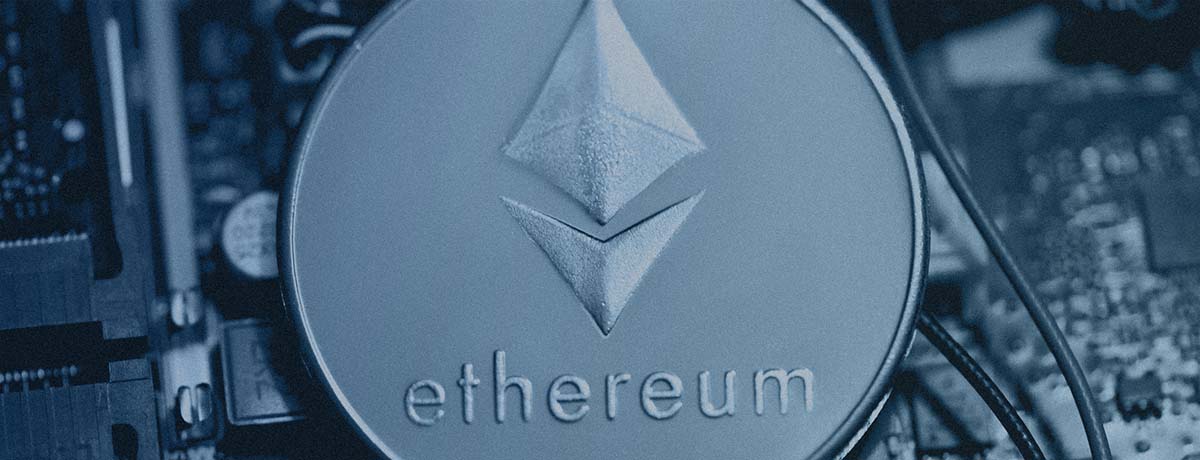
Stablecoin refers to a cryptocurrency whose rate is tied to another asset, such as fiat currency, commodities, or another cryptocurrency. The main purpose of stablecoins is to provide investors with stability compared to traditional cryptocurrencies. There are currently several different types of stablecoins on the cryptocurrency market. This text describes the most popular stablecoins and their most important features.
How is the rate of a stablecoin determined?
Stablecoins provide much needed stability to the cryptocurrency market. In practice, this shows that the exchange rate of one stablecoin is supposed to stay as close as possible to one US dollar. Recently, however, stablecoins have also entered the market, which also adapt to the current exchange rate of the euro. Despite the development of euro-based stablecoins, all the most significant stablecoins on the market still strive to keep their rate as close as possible to one dollar. The stablecoin exchange rate is then directly based on the dollar exchange rate. In practice, this happens so that the value of the stablecoin must be secured by dollars or other liquid assets. Accounts of trusted operators holding such reserves are regularly audited to ensure compliance with the necessary requirements.
The value of stablecoins can also be guaranteed using cryptocurrencies, but in this case the high volatility of cryptocurrencies must be taken into account. Cryptocurrency-based stablecoins work mainly by overinsurance, i.e. their value is supported by a larger number of cryptocurrencies than the number of stablecoins in circulation at any given time. This means that even though the rates of cryptocurrencies fluctuate a lot, the rates of stablecoins remain stable. Cryptocurrency-based stablecoins are generally used in the same way as fiat-based stablecoins. They can offer investors and users protection from the volatility of cryptocurrencies and can also be used in various DeFi services and as a means of payment.
In addition to the fiat and cryptocurrency-based stablecoins mentioned above, there are also algorithm-based stablecoins. The operation of algorithmic stablecoins is based on blockchain technology and smart contracts. The algorithm regulates the supply and demand of stablecoins in such a way that their rate stays as close as possible to the predefined goal. The principle of operation of algorithmic stablecoins is simple in theory, but it is difficult to implement in practice. The algorithm must be very efficient and reliable in order to keep the price of stablecoins stable.
The advantage of algorithm-based stablecoins is that they are not dependent on external funds. Their disadvantage is that they are still relatively new and developing technologies. There are certain risks associated with them, such as an incorrectly coded algorithm. The best example of a failed algorithmic stablecoin can definitely be considered the collapse of the Terra ecosystem in May 2020, as a result of which the price of the UST stablecoin dropped from one dollar to a low of around $0.0001.
Purposes of Stablecoins
The total market value of stablecoins has grown over the last few years hand in hand with the cryptocurrency market. Stablecoins have grown in popularity among investors for several reasons. The most important reason can certainly be considered the protection they offer for the investor's wealth. In addition, stablecoins are also the single most popular exchange pair for trading traditional cryptocurrencies on decentralized exchanges. In practice, if an investor wants to protect his wealth in the cryptocurrency market, using a stablecoin is the most popular and best option for this.
In addition to acting as an exchange pair, stablecoins are also increasingly used in various DeFi services. In practice, DeFi (Decentralized Finance) means that the services familiar from traditional banks are brought onto a decentralized blockchain, eliminating the need for third parties such as banks. Stablecoins are a key part of the DeFi ecosystem, as they can be used for things like taking out loans and providing liquidity.
The most common uses of stablecoins are:
- Reducing the volatility of cryptocurrencies
- Use of DeFi services
- Utilization as a trading pair in the cryptocurrency exchange
- Use as a means of payment
The use of stablecoins is likely to increase in the future for several reasons. First, as cryptocurrencies become more popular, investors are increasingly looking for ways to protect their wealth from volatility. Stablecoins offer an efficient solution for this.
Second, the DeFi ecosystem is expected to explode in the coming years. Stablecoins are a key part of DeFi, so their demand is likely to increase as DeFi services become more common.
Third, stablecoins can be increasingly used as a means of payment. This is already happening in some parts of the world, and the trend is expected to strengthen in the future, so Stablecoins can be seen to have a huge potential to change the way we manage and use our wealth. They offer stability, security and flexibility. This makes stablecoins an attractive option for investors, users and businesses.
Most popular stablecoins
USDC
USDC (USD Coin) was launched on the Ethereum blockchain in the fall of 2018 as a collaboration between US companies Coinbase and Circle, which have been active in the cryptocurrency industry for a long time. Today, USDC is one of the most popular stablecoins in the cryptocurrency market. The USDC exchange rate is tied 1:1 to the US dollar, so its price directly follows the dollar exchange rate. This stability is achieved by keeping dollar reserves in a separate account managed by the USDC issuer.
To ensure transparency, USDC is regularly audited by Grant Thornton, one of the world's largest auditing firms. The audit ensures that the dollar reserves underlying the USDCs correspond to the number of USDCs in the market and that they are invested in safe and liquid assets. This stability and transparency make USDC an attractive option for investors and users looking for a safe and reliable way to store and transfer funds in the world of cryptocurrencies.
The main purpose of USDC can be seen as operating in cryptocurrency exchanges as an alternative to the dollar. Using USDC is often easier and faster, both from the point of view of the cryptocurrency exchange and the user, compared to the dollar. The use and popularity of USDC has grown quite strongly in recent years. USDC can also be found in Northcrypto's trading service.
USDT (Tether)
Tether (USDT) is a stablecoin released in 2014. The exchange rate of one USDT corresponds 1:1 to the exchange rate of the US dollar. The value of USDT therefore remains stable in relation to the dollar, hence the name stablecoin. One USDT is always backed by traditional currencies, other currencies and other assets. This means that Tether should hold enough funds to cover all USDT in circulation.
USDT is the most popular stablecoin in the cryptocurrency market in terms of market value and popularity, and it is possible to use it not only on the Ethereum blockchain, but also on most of the other most popular blockchains on the market. The main purpose of USDT can be seen as operating in cryptocurrency exchanges as an alternative to the dollar. Using USDT is often easier and faster, both from the point of view of the cryptocurrency exchange and the user, compared to the dollar. In addition to traditional cryptocurrency exchanges, it is possible to use USDT e.g. in various DeFi applications.
DAI
DAI is a stablecoin, which means that the rate of one DAI corresponds 1:1 to the rate of the US dollar. DAI is significantly different from, for example, USDT and USDC stablecoins, as DAI's value is guaranteed with cryptocurrencies in smart contracts, such as ether, instead of traditional currencies and assets. DAI is MakerDAO's own stablecoin, one of the largest lending services based on smart contracts in the cryptocurrency world.
The number of DAI tokens depends on the value of cryptocurrencies used as collateral for loans in Maker's protocol. Owners of Maker's MKR token adjust the control rate of DAI so that its exchange rate matches the 1:1 dollar rate as closely as possible.
Summary
Stablecoins are cryptocurrencies whose exchange rate is tied to another asset, such as a fiat currency, a commodity, or another cryptocurrency. In addition to these, the stablecoin's value can also be based on an algorithmic solution. Stablecoins offer investors and users protection from cryptocurrency volatility and often act as an alternative to the dollar on cryptocurrency exchanges.
This text looked at different types of stablecoins and their features. The most common stablecoins are stablecoins tied to fiat currencies, such as USDC and USDT, and stablecoins tied to cryptocurrencies, such as DAI.
The use of stablecoins is likely to increase in the future for several reasons. As cryptocurrencies become more common, investors are increasingly looking for ways to protect their wealth from volatility. Stablecoins offer an efficient solution for this.
In addition, the DeFi ecosystem is expected to grow explosively in the coming years. Stablecoins are a key part of DeFi, so their demand is likely to increase as DeFi services become more common.
Stablecoins have a huge potential to change the way we manage and use our wealth. They offer stability, security and flexibility, making them an attractive option for investors, users and businesses.
Mikko Soon Head of Private Banking Last updated: 08.10.2024 14:02


